The 1980s were a golden era for television, with cable expansion bringing more viewing options than ever before. But let’s be honest—not every show we tuned into was actually good. Some programs became cultural phenomena simply because everyone was watching them, creating a fear of missing out before FOMO was even a term. Here’s our countdown of 14 shows from the ’80s that many of us watched religiously, not because they were brilliant television, but because we couldn’t bear being left out of the next day’s playground or water cooler conversations.
1. “Dynasty”
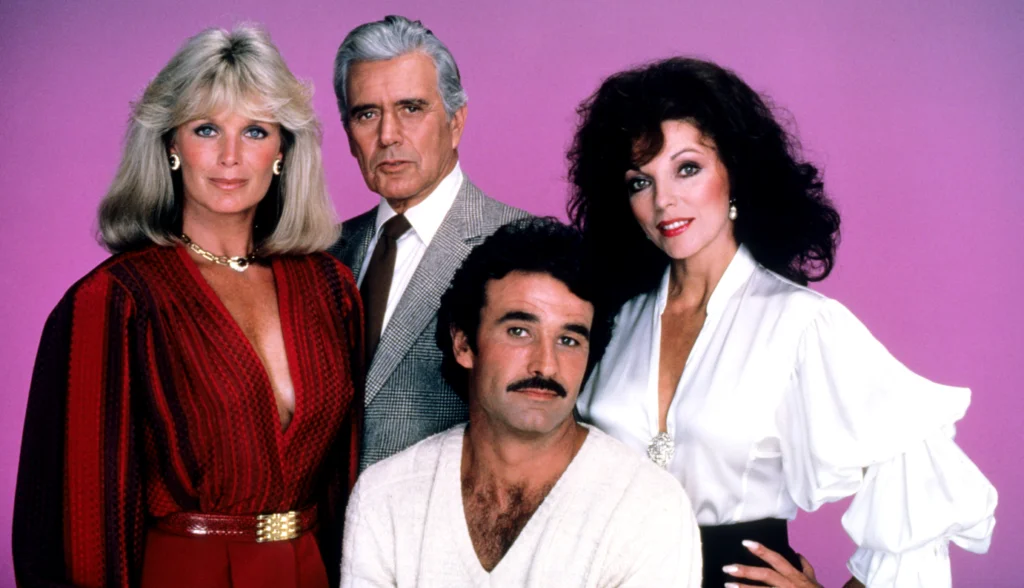
Nothing says ’80s television quite like this prime-time soap opera featuring shoulder pads, catfights, and extravagant wealth during the height of Reagan-era excess. Many viewers tuned in weekly not for the often ridiculous plot twists, but simply to see Joan Collins and Linda Evans throw each other into ornamental pools or destroy expensive furniture. Everything Zoomer explores a unique angle in examining how the show’s style defined success throughout the decade.
The show’s outlandish fashion and over-the-top dramatics made it a cultural touchstone, even for those who secretly rolled their eyes at the absurdity of the Carrington family saga.
2. “ALF”
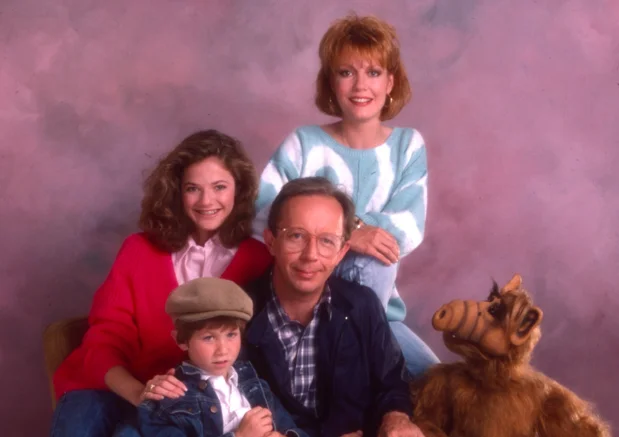
A puppet alien living with a suburban family sounds more like a rejected Saturday Night Live sketch than a four-season network comedy. Yet somehow this show about a cat-eating alien from planet Melmac became must-see TV, despite its often juvenile humor and limited premise. According to Collider, though, the stars had some grievances about working with the titular star.
People didn’t necessarily love ALF, but they watched because his catchphrases were inescapable at school or work, and his merchandise was everywhere from lunch boxes to t-shirts.
3. “The A-Team”
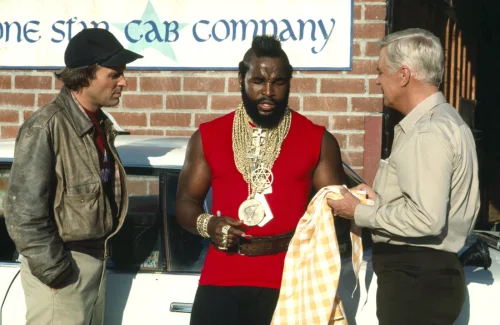
Let’s face it—the plot was exactly the same every week, the bad guys couldn’t hit the broad side of a barn with their weapons, and nobody ever seemed to get hurt despite massive explosions and vehicle flips. Yet we all gathered to watch Mr. T, Hannibal, Face, and Murdock execute increasingly implausible plans that always seemed to involve welding random junk together in a montage. As for where the cast went, ABC News catches up with the stars who always managed to make a plan come together.
The A-Team was repetitive comfort food television that we watched more out of habit than actual enjoyment.
4. “V”
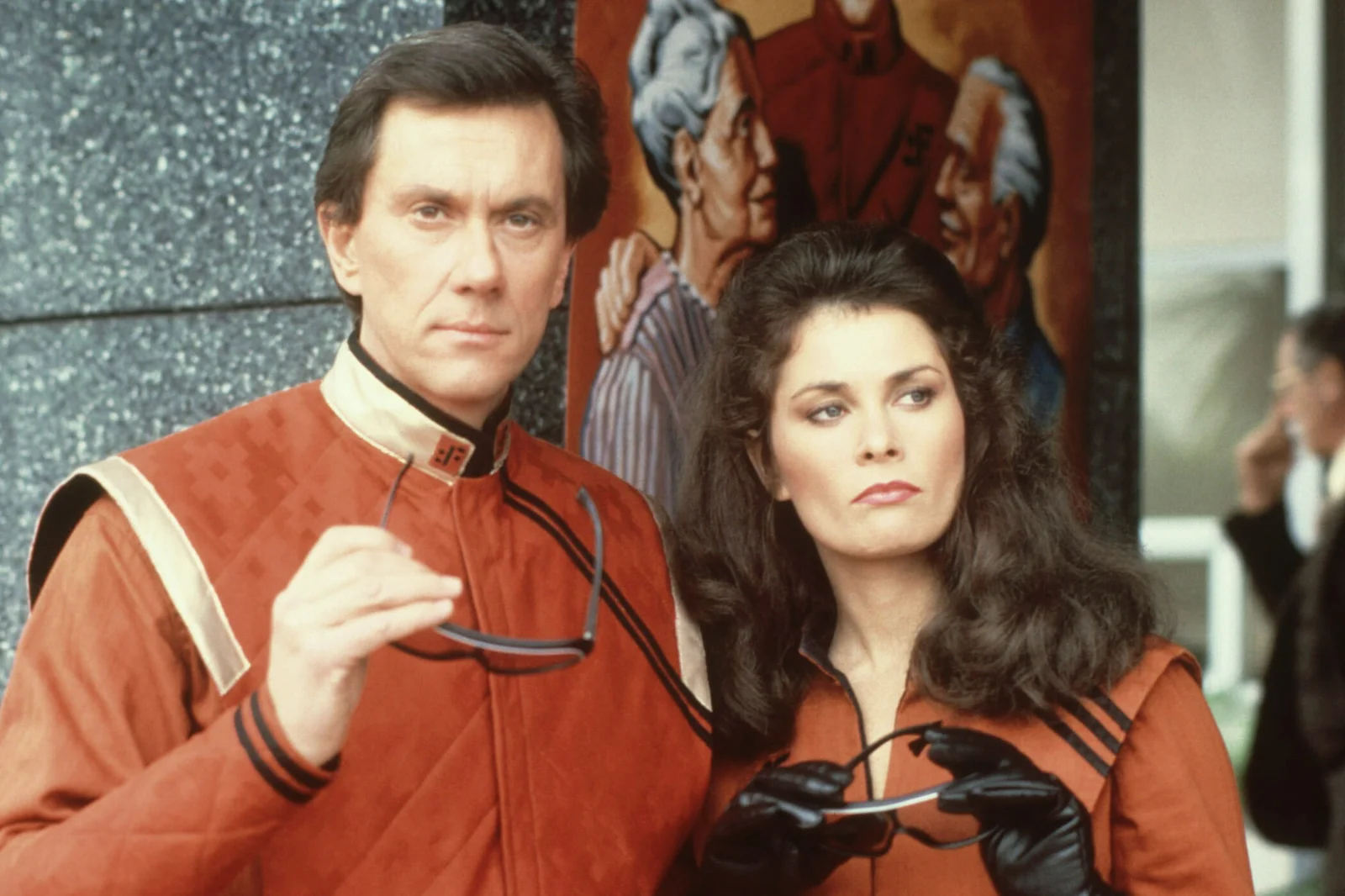
This sci-fi series about reptilian aliens disguised as humans captured the zeitgeist despite its increasingly convoluted plot lines and declining production values. The initial miniseries generated genuine excitement and water cooler buzz, but the subsequent regular series struggled to maintain quality or coherence.
Still, in an era with limited science fiction options, viewers kept tuning in just to have an opinion on whether the latest plot developments were brilliant or ridiculous.
5. “Knight Rider”
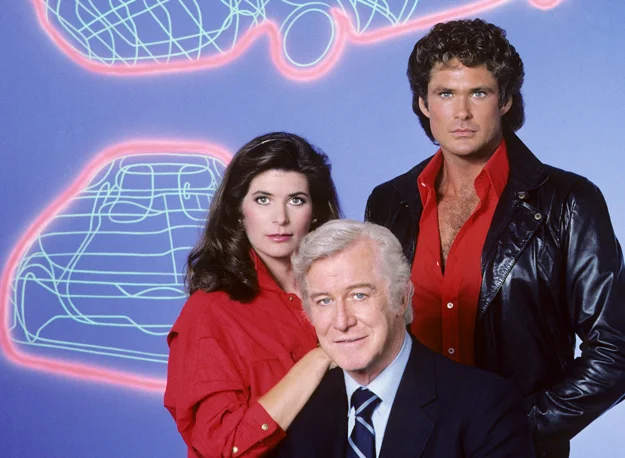
A talking car and David Hasselhoff should have been a recipe for short-lived novelty television. Instead, KITT the artificially intelligent Trans Am became a cultural sensation that kept viewers tuning in despite plots that stretched credibility beyond the breaking point.
The show was essentially a live-action cartoon with repetitive storylines, but missing an episode meant missing crucial playground discussion material the next day.
6. “Punky Brewster”
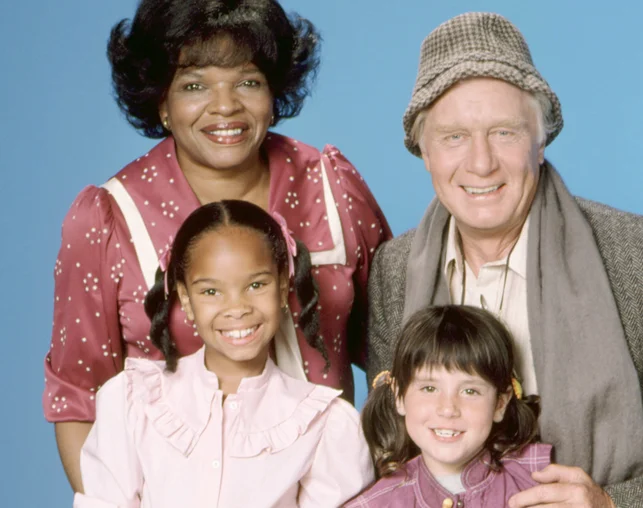
This sitcom about an abandoned girl living with a grumpy old photographer was a strange blend of heartwarming moments and bizarre scenarios that often veered into public service announcement territory. Despite uneven writing and heavy-handed messaging, children and families tuned in regularly because Punky’s misadventures dominated schoolyard conversations.
The peer pressure was especially strong after the infamous “Perils of Punky” Halloween episodes that traumatized a generation.
7. “Falcon Crest”
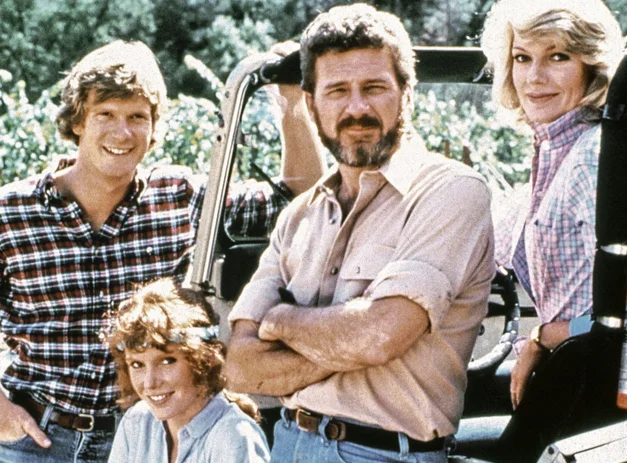
The third of CBS’s prime-time soap opera trinity (alongside “Dallas” and “Knots Landing”), “Falcon Crest” focused on feuding families in the California wine industry. The show was essentially “Dynasty” with grapes instead of oil, featuring the same melodramatic backstabbing, unlikely plot twists, and constant betrayals.
Viewers often couldn’t explain the convoluted storylines to non-watchers, but kept tuning in anyway because these shows dominated the cultural conversation.
8. “Small Wonder”

Perhaps the quintessential “why did we watch this?” ’80s show, “Small Wonder” centered on a family with a robot daughter they inexplicably tried to pass off as human. The wooden acting (not just from the robot character), terrible writing, and laugh track for jokes that weren’t remotely funny make this show nearly unwatchable today.
Yet children of the ’80s dutifully tuned in, making it a syndication success despite its obvious creative limitations.
9. “Silver Spoons”
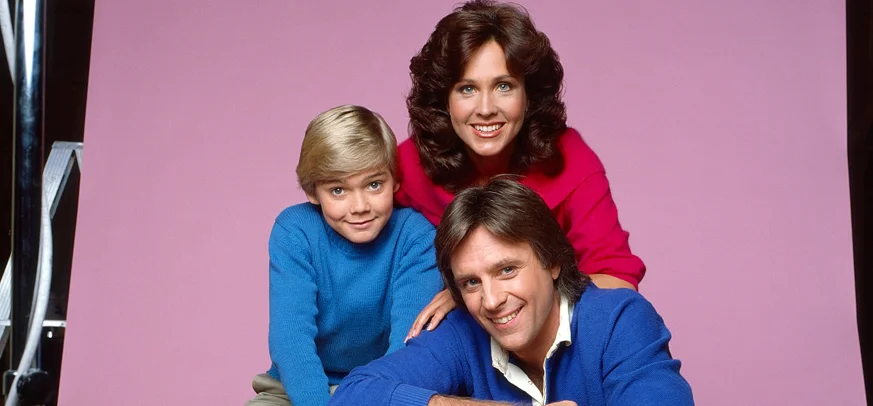
This sitcom about a wealthy man-child and his precocious young son living in a mansion full of toys was every kid’s fantasy but hardly compelling television. The show’s appeal rested almost entirely on Ricky Schroder’s bowl-cut adorableness and the mansion’s ridiculously cool train that ran through the living room.
Despite formulaic writing and one-dimensional characters, it became required viewing simply because every other kid was watching and talking about it.
10. “Who’s the Boss?”
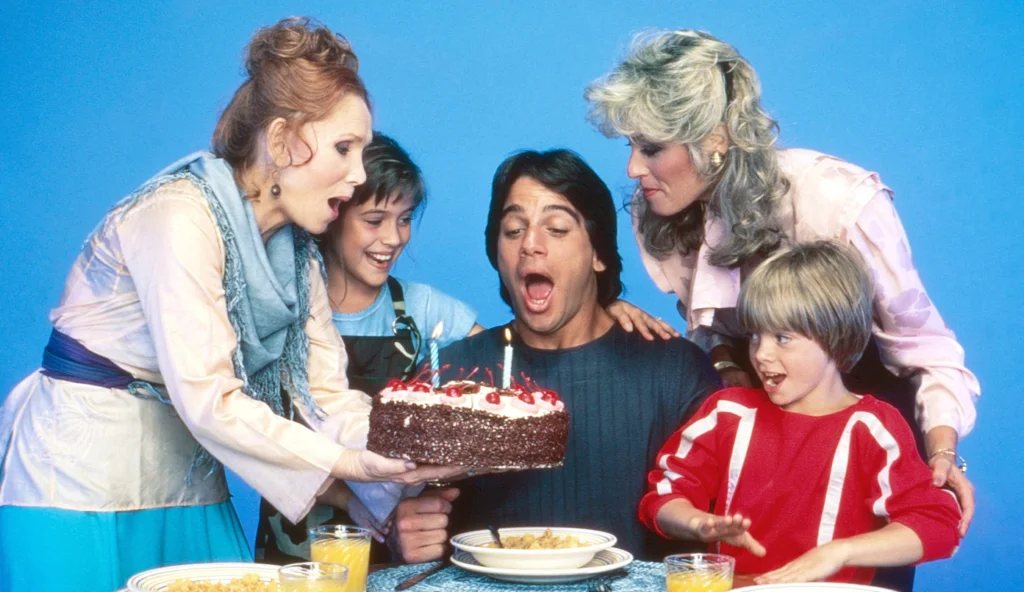
This role-reversal sitcom about a male housekeeper working for a female executive relied heavily on sexual tension and gender stereotype jokes that became repetitive after the first season. The show ran for eight years despite essentially telling the same story week after week, with viewers tuning in more out of habit than excitement.
Tony and Angela’s “will-they-won’t-they” relationship dragged on so long that many viewers kept watching just to see if anything would ever actually happen.
11. “Facts of Life”
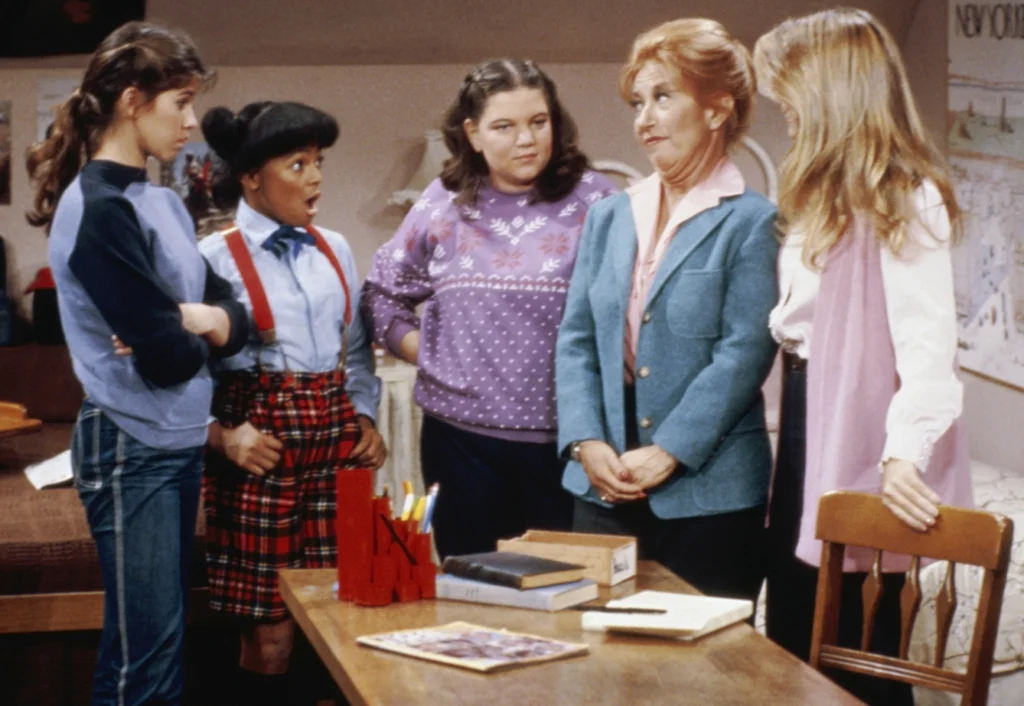
After an uneven first season, this “Diff’rent Strokes” spin-off settled into a predictable formula of “very special episodes” tackling issue-of-the-week storylines with the subtlety of a sledgehammer. The show underwent multiple cast changes and setting revamps that suggested even the producers weren’t sure what the show was supposed to be.
Nevertheless, viewers kept tuning in as Mrs. Garrett dispensed wisdom to her charges about everything from shoplifting to drug use.
12. “T.J. Hooker”
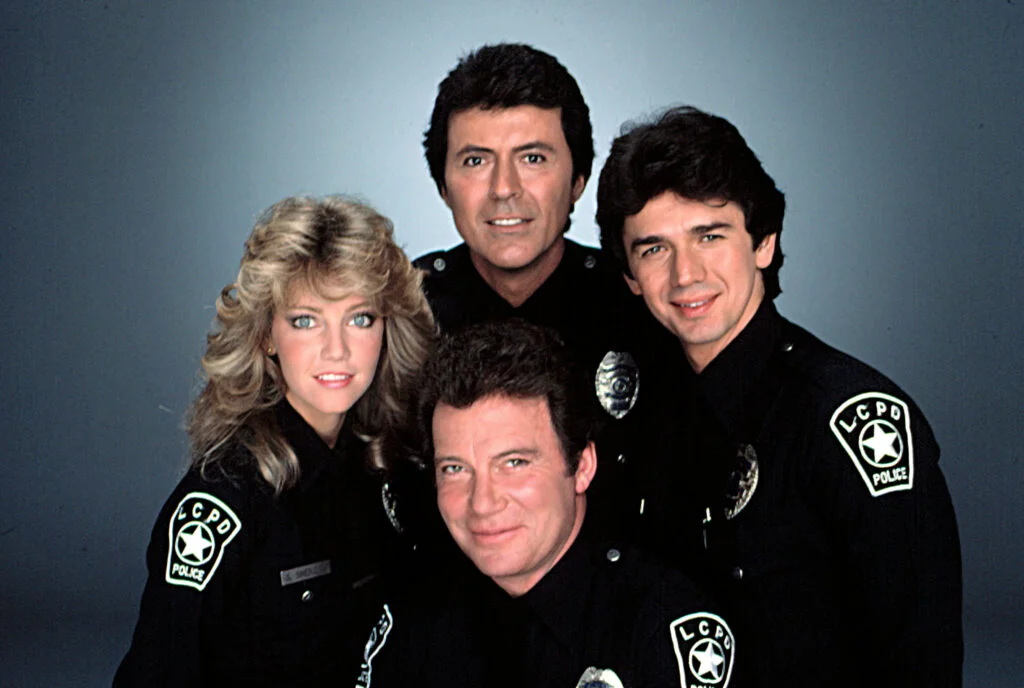
William Shatner traded the Enterprise for a police cruiser in this by-the-numbers cop show that recycled every police drama cliché imaginable. Despite uninspired writing and Shatner’s unique approach to dramatic pauses, the show became a conversation starter thanks to its prime placement in the Saturday night lineup.
Viewers often watched by default while waiting for “Love Boat” and “Fantasy Island,” creating a cultural awareness that exceeded the show’s actual quality.
13. “ThunderCats”
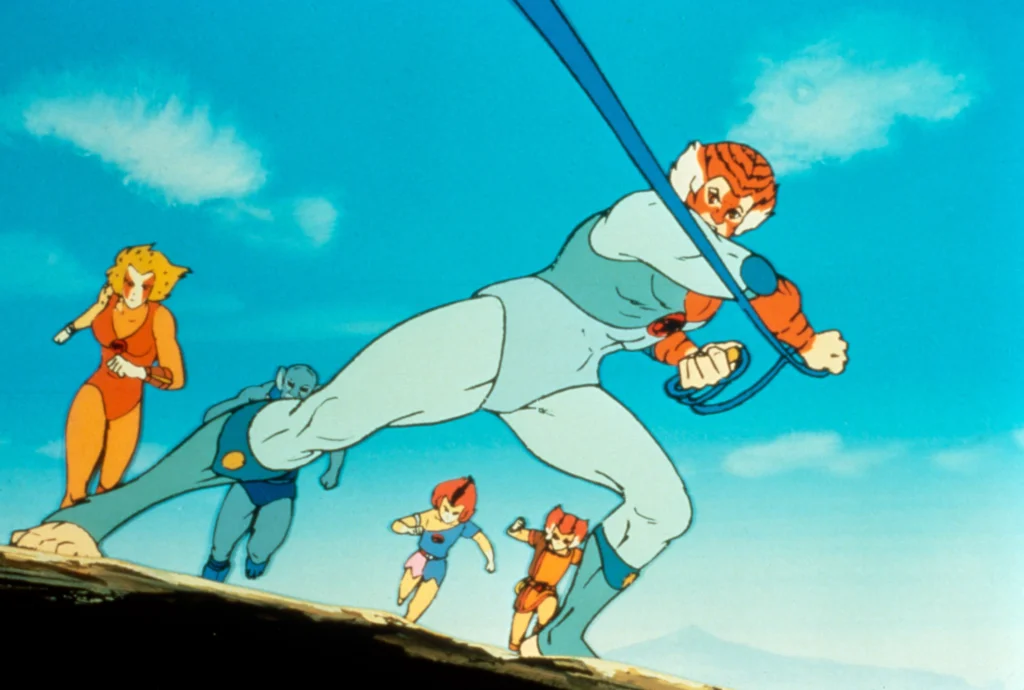
This animated series about cat-like humanoid aliens fighting a mummy on a random planet somehow became must-see after-school viewing despite its paper-thin characters and repetitive storylines. The show’s primary innovation was finding new ways for Lion-O to dramatically say “ThunderCats, Ho!” while holding up his magic sword.
Kids watched religiously not because the show was particularly good, but because missing an episode meant being excluded from elaborate playground reenactments the next day.
14. “Manimal”
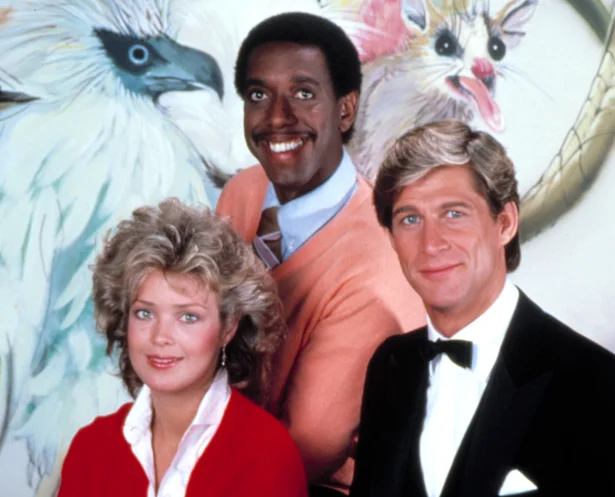
Perhaps the most infamous “how did this get made?” series of the decade, “Manimal” centered on a man who could transform into any animal (though budget constraints meant he almost always chose a hawk or panther). The show lasted only eight episodes before cancellation, but its brief run made it the talk of schoolyards across America.
Many watched this short-lived disaster simply to join the chorus of viewers asking “Is this for real?” each week.
Looking back on these shows decades later, it’s remarkable how much of our viewing was driven not by quality but by social necessity. Before streaming and time-shifting allowed personalized viewing schedules, television was a shared experience that created common ground for social interaction. We endured countless hours of mediocre entertainment simply to remain culturally relevant among our peers. While some of these shows maintain nostalgic charm, most reveal themselves as products of peer pressure rather than genuine artistic merit—proving that FOMO existed long before social media gave it a name.


